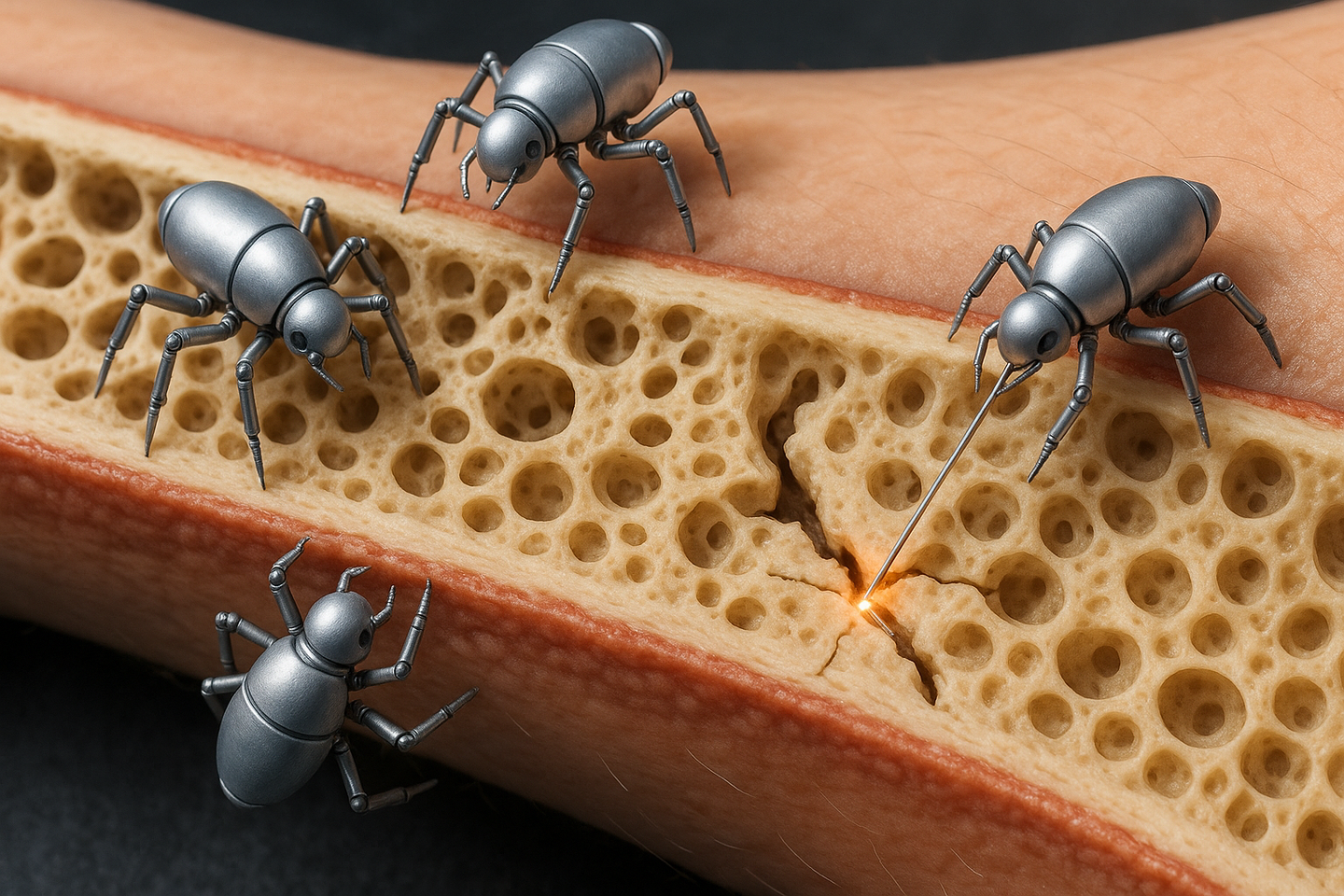NHL’s vision to grow game for girls comes to life through Anaheim Ducks’ ‘We Play Her Way’ program
The Ducks’ project consists of two programs, specifically aimed at elementary-age girls (5-12), to give them a chance to try the game.

 Edited By: Joseph Shavit
Edited By: Joseph Shavit

The Anaheim Ducks and Lady Ducks are working together to grow the game for girls in Southern California through the “We Play Her Way” initiative. (Photo courtesy of NHL.com)
“Hockey is For Everyone.”
That isn’t just the name of a year-round initiative developed by the NHL in 2017 to promote diversity and inclusion within the sport.
It’s a mindset that has helped grow the game, leading to more programs that make it accessible to people of varied backgrounds hoping to begin their journey on the ice – people like Ariel Reyes.
The 11-year-old was inspired to give hockey a shot from the first time she saw her favorite team, the Anaheim Ducks, in action at Honda Center.
“The Ducks really played a big part in this because I went to my first Ducks game and I was like, ‘I really like this,’” Reyes said. “I just kept going and going (to games) and then we got season tickets and I was like, ‘I really want to play this sport.’”
In 2023, the Ducks partnered with the Anaheim Lady Ducks (a girls’ and women’s youth ice hockey organization based in Southern California) to create the “We Play Her Way” project under the umbrella of the “Hockey is for Everyone” initiative.
Its goal was to introduce the sport to women and girls of all ages in the greater Orange County area in an effort to make hockey accessible and affordable.
Interest in the sport in recent years has increased. The number of female players hit an all-time high of 98,394 in 2024-25, a 5.11% increase from the 2023-24 season, according to USA Hockey
The Ducks’ project consists of two programs, specifically aimed at elementary-age girls (5-12), to give them a chance to try the game. One is the “Learn Her Way” program for those who have never even been on ice before.
The second is the “Play Her Way” program designed for girls who have some experience – including those who have been through the “Learn Her Way” sessions – and want to continue learning hockey.
“Learn Her Way” is an eight-week program that is free for participants and provides an hour per week of on-ice sessions with coaching and instructional support from Anaheim Lady Ducks players and the staff at The Rinks – Anaheim ICE, a hockey development facility.
It includes custom jerseys for participants, a full set of loaner equipment and two tickets to a an NHL Anaheim Ducks game.
“We are introducing the sport of hockey to upwards of 60-plus kids each session, so in the first year of the program, we hit about 380 kids, give or take, that tried it for the very first time,” said Lady Ducks manager Caroline Marchant.
Many participants of the “Learn Her Way” program continue on to the “Play Her Way” program, where they can expand their skills. While the next level isn’t free, it comes with additional benefits.
“It’s around $280, and it’s the next level of teaching them the game of hockey at a very grassroots entry-level,” Marchant said. “And then they also get gear that they get to keep, which is incredible.”
“Play Her Way” is also an eight-week program and provides two one-hour on-ice sessions per week during which participants take that next step and are introduced to basic hockey skills, as well as gameplay scenarios that all align with USA Hockey’s American Development Model.
Marchant said financial support from the local NHL team makes the program affordable to more girls.
“I think our partnership with the Anaheim Ducks is what allows our facilities and our club program to be able to offer entry-level grassroots programming at a very reasonable cost, and that builds the hype around getting these kids involved and getting them on the ice,” Marchant said. “And maybe I’m biased, but as soon as they do that, they want to stick with it because it’s probably the most fun sport to play.”
The NHL’s Diversity Task Force created the “Hockey is For Everyone” campaign to provide opportunities for more than just girls.
It also aims to expose underprivileged, underrepresented and disadvantaged youth to hockey – regardless of their race, color, religion, national origin, age, gender identity or expression, disability, sexual orientation or socioeconomic status.
In 2020, Kim Davis, the NHL senior executive VP of social impact, growth initiatives and legislative affairs, wrote an article about the league’s vision for inclusivity and accessibility in which she wrote, “Most importantly, we will focus downstream, on our youngest generations, with substantive programs that will have long-term, sustainable impact — building a diverse pipeline of participants, fans and employees.”
The goal was to create long-lasting, impactful youth programs that were built on the idea of growing the sport on and off the ice while promoting inclusivity. Fast forward five years, and that goal has become a reality, especially in an area like Southern California, where hockey isn’t the first, second, or third sport that comes to mind for most.
Southern California has seen “extreme growth” in hockey interest, Marchant said, and the Lady Ducks have grown from just four teams in 2006 to 14 today.
It is unlikely that such developmental programs would be successful without collaboration with professional teams and their players, or the influence that they have on young people.
Reyes and her step-dad, Roman Stanford, first heard about the “We Play Her Way” program while at a Ducks game, and it ended up being the final push that led to her signing up.
“They had a promotion on the big screen, and it said Lady Ducks learn how to play, and Ariel saw that and she said ‘I want to do that,’” Stanford said.
Even for those interested in playing hockey, the prospect of actually pulling the trigger can at first be daunting. There’s a lot that goes into playing youth hockey that goes beyond learning to skate or developing skills on the rink. There are substantial costs for proper equipment and ice time.
The programs that have emerged from the “Hockey is for Everyone” initiative make the process easier and less expensive.
“We didn’t really know the process of going through hockey and how to start everything, but with the ‘Learn Her Way,’ it was completely free, and it was two weeks of just learn how to skate and then two weeks of learn how to play with gear on, and all of that was free,” Stanford said.
“They guided us completely through the process, all the way up until her first tryout with the Lady Ducks.”
Attracting people to the sport of hockey in Southern California is already difficult because the popularity, accessibility and level of competitiveness in other sports are greater. Add in the fact that SoCal is one of the most expensive places to live in the United States, and affordability plays one of – if not the biggest – role in the growth of hockey here.
“Oh, absolutely,” Stanford said when asked if affordability affects participation in Southern California. “I think it would be a great deal if they kind of announced that more, to let them know, like, ‘Hey, they offer these kinds of things for this program,’ because I think just hockey in general kind of drags people away out here because it’s so expensive.
“And people don’t realize that it can be affordable with this program.”
Reyes’ story is the perfect example of what these programs set out to do: introduce the sport in an affordable and accessible way, develop basic hockey skills and a love for the game and give young athletes a path to continue their hockey career.
From going to Ducks games to having the opportunity to try out the sport for herself, that early exposure turned curiosity into passion for Reyes.
“Her being able to get on the ice, I feel like she has more of a love for the ice in general, and now she actually watches the Professional Women’s Hockey League, and she’ll watch even the AHL (American Hockey League),” Stanford said. “She will watch any kind of hockey she possibly can.
“Her love for hockey has grown (since) the second she put her foot on the ice.”
Reyes is in her second year now as a member of the Lady Ducks’ 12U team, and because of the “We Play Her Way” project, she hopes hockey will remain a big part of her life in the years ahead.
And much like the NHL when it rolled out the “Hockey is for Everyone” initiative, she is aiming high.
“My future hockey goal is to travel around the world and probably be in the Olympics,” she said.
This work is licensed under a Creative Commons Attribution-No Derivatives 4.0 International License. Raz Devraj, Cronkite News, November 25, 2025. The original article can be read here.
Related Stories
- Staying active as a teenager protects against depression, study finds
- Inclusive play bracelet opens doors for children everywhere
- Nike's electric bike inspired shoe: Helping everyday athletes go further with less effort
Like these kind of feel good stories? Get The Brighter Side of News' newsletter.



